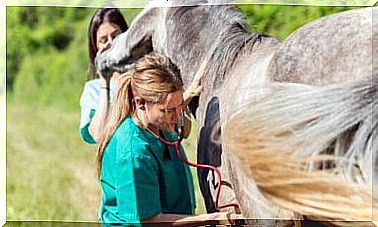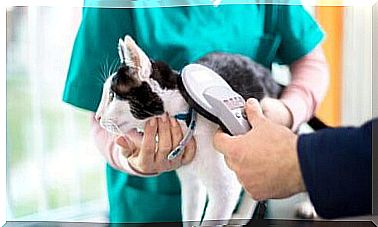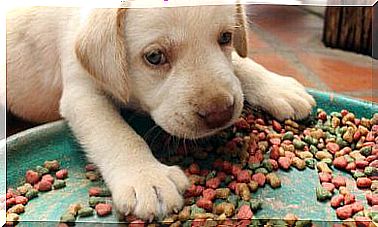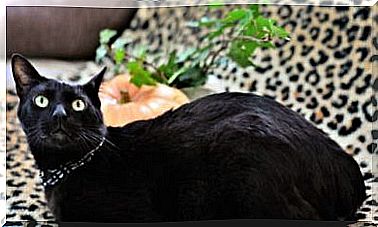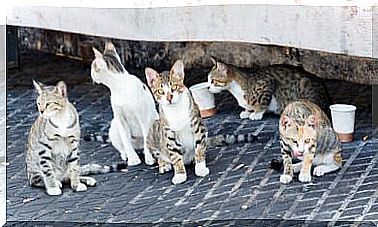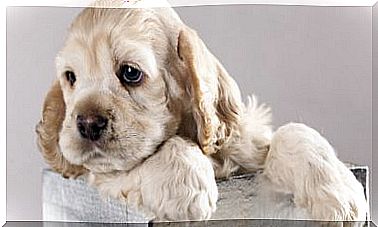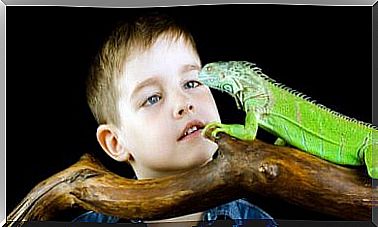Dental Care In Cats
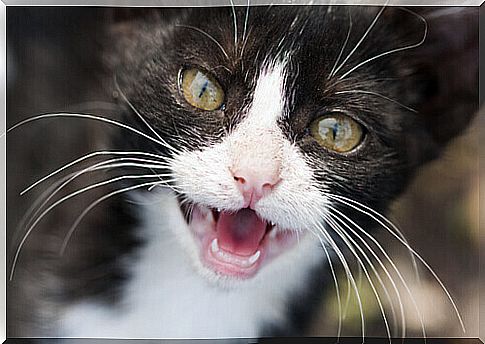
Kittens have 26 teeth, while adults have 30. To keep your kitten healthy, you need to know that proper oral hygiene is required. Below you will find out what are the dental treatments to follow for your little friend.
Important data
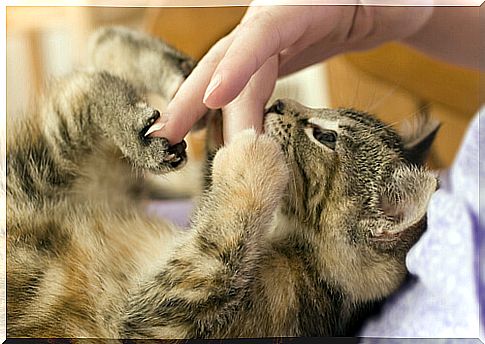
Periodontal diseases are the most common in cats three years of age and older. It is very difficult to diagnose the disease at an early stage, since it affects the portion of the teeth that is under the gums.
These conditions begin when bacteria settle in the mouth and a thin layer of plaque builds up around the teeth. Over time, this layer of plaque mineralizes, calcifies, and becomes tartar: bacteria accumulate and this leads to inflammation of the gums and consequent tooth loss.
The best way to help your pet have healthy teeth is to first and foremost observe your cat carefully. Cats generally have a peculiar breath, which can be considered normal, but if you notice that when they exhale, the smell is very strong, there is likely to be some problem. If left untreated, your breath odor will likely get worse, which is an unmistakable sign of bacteria on your teeth and gums.
When you take your cat to the vet for the annual visit, ask to have her teeth checked. Frequent monitoring will help spot any problems you probably haven’t noticed. If you have found that you have severe bad breath or that your gums bleed when you eat, don’t be alarmed. Simply talk to your vet, who will do a dental cleaning.
It is important to establish a daily oral hygiene routine for your pet, and do it at an early age, because with adult cats it is more difficult. When you need to brush your kitten’s teeth, you can use gauze, apply special cat toothpaste, and gently brush the teeth. When the animal is adult, you can continue with this technique, or use a toothbrush.
Your cat will probably show that she doesn’t like the taste of the toothpaste very much at first, but she will get used to it very quickly. You can buy the product from your vet or pet stores, but don’t brush your cat’s teeth with human toothpaste – fluoride is very dangerous for them.
Tooth loss occurs, in most cases, due to irritated or inflamed gums. The color of the gums should be pink. If you notice a reddish color or if these seem irritated to you, your cat is likely starting to have a problem. In addition to brushing your teeth, try to do a gentle gum massage. This will improve blood circulation, making them strong and healthy. This way, your cat will experience fewer gum problems in the future.
Some advices
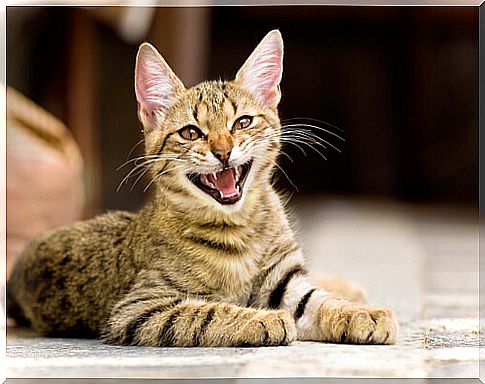
Another important factor in your cat’s dental care is to follow a healthy diet. In addition to the recommendation to alternate wet and dry food, you may want to give your cat some raw meat to chew and stimulate blood circulation in the mouth. You can give him different types of meat and fish, beef or rabbit.
At the vet you may have noticed that there are some products to control the evolution of tartar in pets. If you want you can use them in moderation, but alone they are not enough to keep your cat’s teeth healthy and clean. They are useful to complement oral hygiene, but proper dental cleaning must be performed. You can use them to reward your friend after oral hygiene.
Keep in mind that, in nature, these products do not exist. Cats keep their teeth healthy in a variety of ways. One of them is to chew bones. Cats are predators, and biting the bones of their prey helps clean up tartar and maintain healthy oral hygiene. If you want to give your cat a bone, avoid fish bones and chicken or pork bones, as they could chip and hurt. A raw beef bone is ideal.
The important thing is to get into the habit of looking after your cat’s teeth. Tooth loss, just like periodontal disease, is closely linked to heart, kidney or other chronic ailments. Check his teeth periodically to ensure a happy and healthy life.
